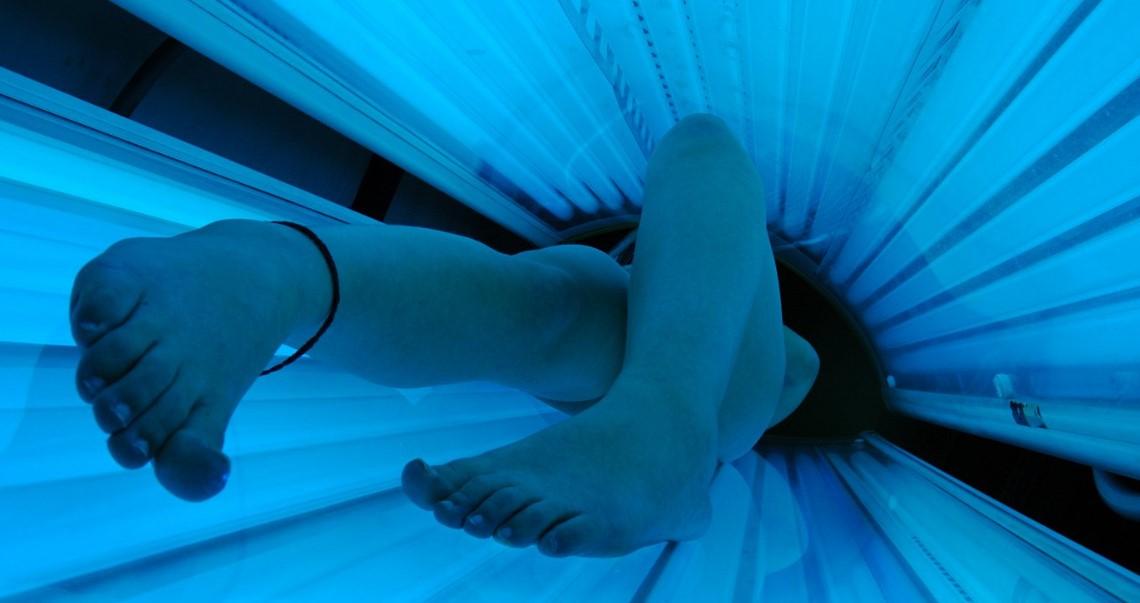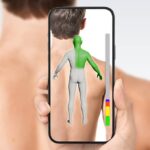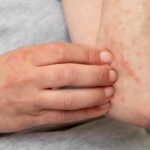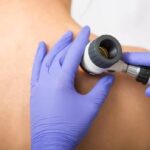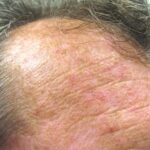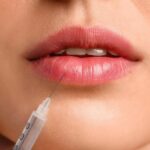The Dangers of Tanning Beds
Many people desire a sun-kissed tan, and tanning beds have become a popular means to achieve this look. However, one should be cautious when it comes to using tanning beds, as they pose significant health risks, including an increased risk of skin cancer. In this blog post, we will explain why tanning beds are dangerous and how the UV radiation they emit can lead to skin cancers.
The Lure of Tanning Beds
Tanning beds use ultraviolet (UV) lamps to produce a tan by inducing melanin production in the skin. They have become popular because they offer a controlled environment, convenience, and the ability to achieve a desired tan in a short period. However, what many people don’t realize is that the risks associated far outweigh the perceived benefits.
UV Radiation and Skin Cancer
The primary danger of tanning beds lies in their emission of UV radiation. There are two types of UV radiation: UVA and UVB. UVA rays penetrate deeper into the skin and cause long-term damage, such as premature aging and skin cancer. UVB rays, on the other hand, are responsible for sunburn and also contribute to skin cancer development.
Tanning beds emit both UVA and UVB radiation, with some emitting up to three times the UVA radiation of natural sunlight. This means that using a tanning bed can significantly increase your risk of developing skin cancer.
Higher Rate of Skin Cancers
Numerous studies have demonstrated the link between tanning bed use and an increased risk of skin cancers. According to the Skin Cancer Foundation, people who use tanning beds before the age of 35 have a 75% higher risk of developing melanoma, the deadliest form of skin cancer. Furthermore, UV bed users have a higher risk of developing basal cell carcinoma and squamous cell carcinoma, two other common types of skin cancer.
The risk of skin cancer is even higher for dermatology patients, who may have pre-existing skin conditions, a history of skin cancer, or a genetic predisposition to skin cancer. By using a tanning bed, these patients are subjecting themselves to even greater danger.
Alternatives to Tanning Beds
Given the serious risks associated with tanning beds, it’s essential to consider safer alternatives. Some options include:
- Self-tanning products: These products, such as lotions, gels, and sprays, can provide a natural-looking tan without the harmful effects of UV radiation.
- Gradual tanning moisturizers: These products help build a subtle tan over time while moisturizing your skin.
- Professional spray tans: Many salons offer spray tans, which can be customized to your desired level of tan and are a safer alternative to tanning beds.
Conclusion
Tanning beds pose serious health risks, particularly for dermatology patients. By exposing your skin to high levels of UV radiation, you are significantly increasing your risk of developing skin cancer. It’s crucial to prioritize your health and opt for safer alternatives to achieve a sun-kissed glow. Talk to your dermatologist about the best options for you and remember that protecting your skin is essential for a healthy and radiant appearance.
At Apollo Dermatology we perform medical dermatology screening and treatments for skin cancers.
All medical dermatology procedures are performed by one of our highly trained Board Certified Dermatologists.
If you have a history of using tanning beds, schedule a skin cancer screening with us today!
Apollo Dermatology – Board Certified Dermatologist Office serving Auburn Hills, Lake Orion, Rochester Hills, Troy MI, and all of Southeast Michigan
OFFICE HOURS
Monday:
9 AM – 4:30 PM
Tuesday:
9 AM – 4:30 PM
Wednesday:
9 AM – 4:30 PM
Thursday:
9 AM – 4:30 PM
Friday, Saturday & Sunday:
Closed
ADDRESS:
Apollo Dermatology, Board Certifified Dermatologist in Rochester Hills
555 Barclay Circle
Suite 170
Rochester Hills, Michigan
48307
DIRECTIONS:
Apollo Dermatology – Board Certified Dermatologist Office serving Auburn Hills, Lake Orion, Rochester Hills, Troy MI, and all of Southeast Michigan


